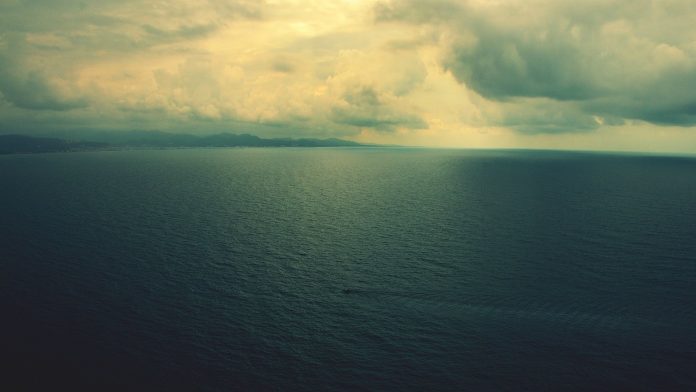PIL is the Python Imaging Library which provides the python interpreter with image editing capabilities.
PIL.Image.Image.paste() method is used to paste an image on another image. This is where the new() method comes in handy.
Syntax: PIL.Image.Image.paste(image_1, image_2, box=None, mask=None)
OR image_object.paste(image_2, box=None, mask=None)
Parameters:
image_1/image_object : It the image on which other image is to be pasted.
image_2: Source image or pixel value (integer or tuple).
box: An optional 4-tuple giving the region to paste into. If a 2-tuple is used instead, it’s treated as the upper left corner. If omitted or None, the source is pasted into the upper left corner.
If an image is given as the second argument and there is no third, the box defaults to (0, 0), and the second argument is interpreted as a mask image.
mask: An optional mask image.
Python3
# Importing Image module from PIL packagefrom PIL import Image# creating a image object (main image)im1 = Image.open(r"C:\Users\Admin\Pictures\network.PNG")# creating a image object (image which is to be paste on main image)im2 = Image.open(r"C:\Users\Admin\Pictures\Lazyroar.PNG")# pasting im2 on im1Image.Image.paste(im1, im2, (50, 125))# to show specified imageim1.show() |
Output:
PIL.Image.Image.rotate() method –
This method is used to rotate a given image to the given number of degrees counter clockwise around its centre.
Syntax:
new_object = PIL.Image.Image.rotate(image_object, angle, resample=0, expand=0)
OR
new_object = image_object.rotate(angle, resample=0, expand=0)
Either of the syntax can be used
Parameters:
image_object: It is the real image which is to be rotated.
angle: In degrees counter clockwise.
resample: An optional resampling filter. This can be one of PIL.Image.NEAREST (use nearest neighbor), PIL.Image.BILINEAR (linear interpolation in a 2×2 environment), or PIL.Image.BICUBIC (cubic spline interpolation in a 4×4 environment). If omitted, or if the image has mode “1” or “P”, it is set PIL.Image.NEAREST.
expand: Optional expansion flag. If true, expands the output image to make it large enough to hold the entire rotated image. If false or omitted, make the output image the same size as the input image.
Return Value: Returns a copy of rotated image.
Python3
# Importing Image module from PIL packagefrom PIL import Imageimport PIL# creating a image object (main image)im1 = Image.open(r"C:\Users\Admin\Pictures\network.PNG")# rotating a image 90 deg counter clockwiseim1 = im1.rotate(90, PIL.Image.NEAREST, expand = 1)# to show specified imageim1.show() |
Output:
Images used –








